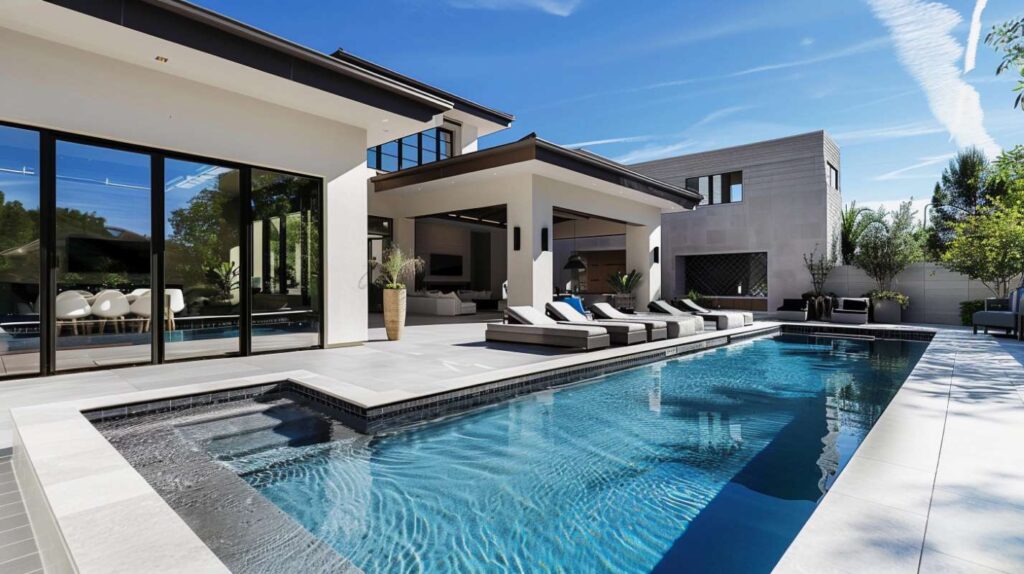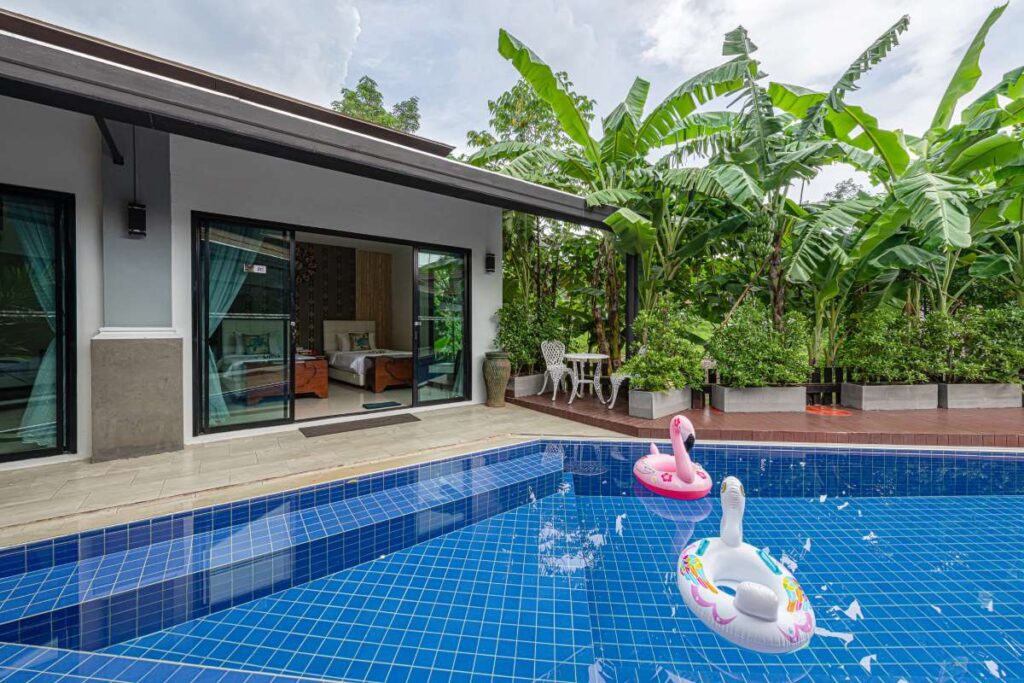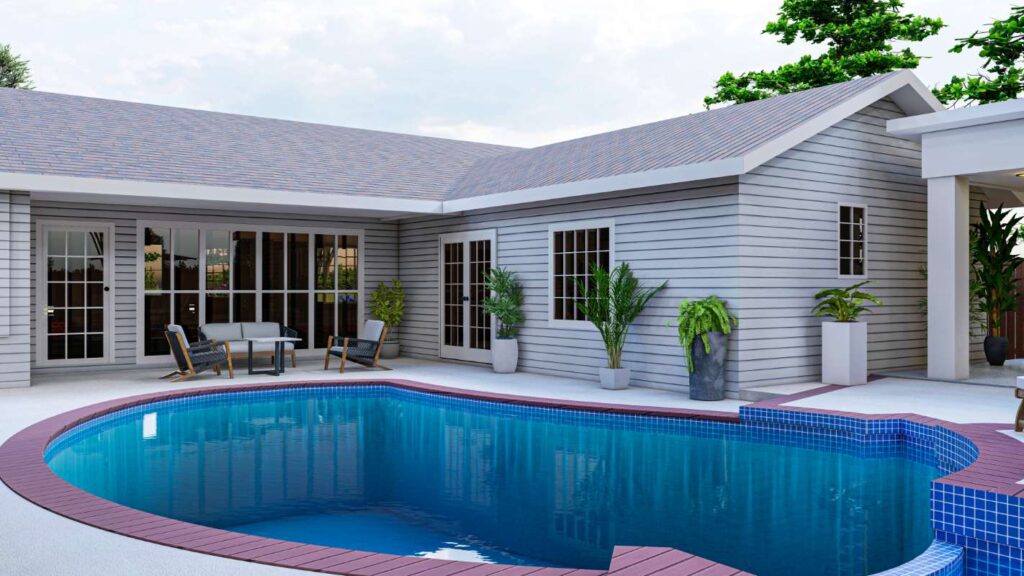Optimizing Pool Pump Run Times for Cost Efficiency
Discover how optimizing your pool pump run times can save money and improve efficiency, ensuring a healthy pool without breaking the bank.
In the realm of pool maintenance, one of the most significant factors influencing operational costs is the efficiency of your pool pump. Many pool owners and service providers overlook the importance of optimizing pool pump run times, leading to unnecessarily high energy bills and potential wear on equipment. This blog post will delve into the nuances of pool pump management, exploring strategies for reducing costs while maintaining a clean and safe swimming environment. We’ll cover the benefits of optimizing run times, how to determine the ideal duration for your pump, and practical tips for implementing changes effectively.
The Importance of Pool Pump Optimization
– Cost Savings: According to the U.S. Department of Energy, pool pumps can account for up to 30% of a home’s total energy use. By optimizing run times, homeowners can significantly reduce their electricity bills. – Equipment Longevity: Running a pump longer than necessary can lead to premature wear and tear. Properly optimizing run times not only saves money but extends the life of the pump.- Water Quality: Efficiency in pump operation can lead to better water circulation, which is essential for filtration and maintaining chemical balance.For instance, many pool owners run their pumps for 12 hours a day, thinking it ensures clean water. However, with proper optimization, this time can often be reduced to as little as 6-8 hours, depending on the pool size and usage frequency.
Understanding Pool Size and Pump Capacity
To optimize your pool pump run times, you first need to understand your pool’s size and the pump’s capacity. Here’s how to evaluate this aspect:1. Calculate Pool Volume: Determine your pool’s volume in gallons. You can use the formula for rectangular pools (Length x Width x Average Depth x 7.48) or for circular pools (Diameter x Diameter x Average Depth x 5.9).2. Know Your Pump Flow Rate: Check the pump’s specifications to find its flow rate, typically measured in gallons per minute (GPM).3. Determine Turnover Rate: Ideally, you want to turn over the entire volume of your pool once every 8 hours. This means you need to calculate how long your pump needs to run to achieve this.For example, if you have a 20,000-gallon pool and your pump has a flow rate of 40 GPM, the calculation would be as follows:- Turnover Time = Pool Volume / Pump Flow Rate = 20,000 / 40 = 500 minutes (~8.3 hours)This calculation shows that running your pump for approximately 8 hours will adequately filter the water.
Factors Affecting Pump Run Time
Several factors can influence how long your pool pump needs to run:- Pool Usage: The more frequently your pool is used, the more filtration is necessary. If your pool is used often, consider increasing the run time slightly.- Weather Conditions: Hot weather can lead to increased evaporation and additional debris in the pool, necessitating longer pump run times.- Water Chemistry: Maintaining proper pH and chlorine levels can sometimes require longer run times to ensure thorough mixing and filtration.- Seasonality: In winter, many pools can be maintained with shorter run times, while summer may require maximum efficiency.Expert opinions suggest monitoring these factors closely and adjusting accordingly. Some pool owners find that using a timer to automatically adjust run times based on these variables can be particularly effective.
Best Practices for Optimizing Your Pool Pump Run Times
1. Install a Timer: By using a programmable timer, you can set your pool pump to run during off-peak energy hours, which can lead to significant savings on electricity bills.2. Use Variable Speed Pumps: These pumps allow you to adjust the speed and run times according to need, which can result in up to 80% savings in energy costs compared to traditional single-speed pumps.3. Regular Maintenance: Cleaning filters and ensuring that your pump is in good working condition can improve efficiency and reduce the need for prolonged run times.4. Utilize Pool Covers: Using a pool cover when the pool is not in use can minimize debris and evaporation, reducing the need for longer pump operations.5. Monitor and Adjust: Keep an eye on water clarity and chemistry, and be ready to tweak pump run times as needed. Regular testing of water quality can guide you in maintaining optimal conditions.Implementing these best practices not only optimizes pump efficiency but also enhances overall pool maintenance effectiveness.
Real-Life Success Stories
Numerous pool owners have reported substantial savings after optimizing their pump run times. For example, a family in Texas switched to a variable speed pump and installed a timer. They managed to cut their pool operation costs from $150 to $90 per month within the first few months, all while maintaining crystal-clear water quality.Additionally, a pool service provider in Florida shared how educating clients on pump management not only improved customer satisfaction but also reduced their workloads, allowing them to manage more accounts efficiently. The service provider now offers specialized training sessions on the benefits of optimizing run times as part of their service.
Conclusion
Optimizing pool pump run times is a crucial aspect of pool maintenance that can lead to significant cost savings, improved water quality, and extended equipment life. By understanding your pool’s needs, adjusting pump run times based on various factors, and adopting best practices, both homeowners and pool service providers can greatly enhance their efficiency.As you consider the tips provided, take the time to evaluate your current pool pump operation. Start making adjustments today and witness the difference in both your wallet and the quality of your swimming experience. If you are interested in expanding your pool maintenance business with reliable accounts, consider exploring
pool routes for sale in your region. For more information on how to optimize your business in the pool industry, check out
Pool Routes How It Works or read some
Pool Routes Testimonials from satisfied clients. Together, let’s make your pool service the best it can be!



